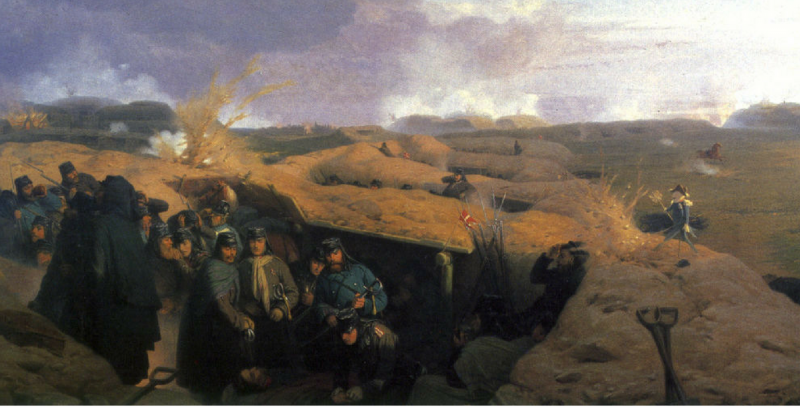With a bitter winter came the onset of the Second Schleswig War. It was February 2, 1864 in Mysunde and the Danish troops were positioned at Danevirke in anticipation of the attack that was to come from their Prussian enemies.
The Danish army only started making preparations for the war when it became obvious that there was no other alternative in the last months of 1863.
As political reforms in the unified monarchy increased, so did the disagreements between the Schleswig Duchy and the Danish Republic which climaxed after the November Constitution was passed into law by Christian IX albeit under pressure from the government.
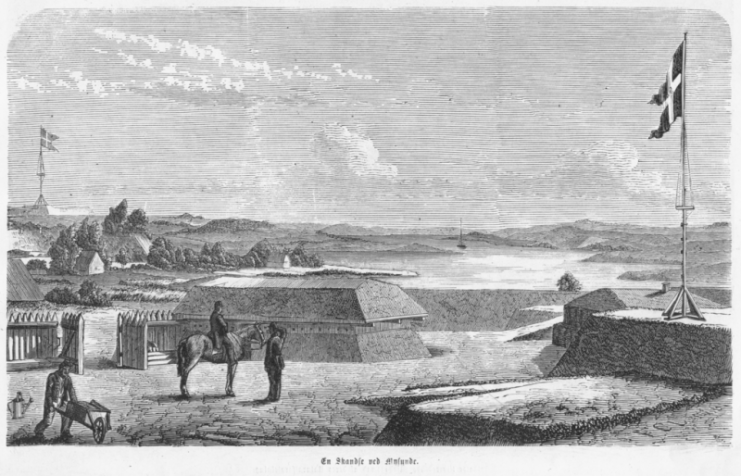
The kingdoms of Austria and Prussia kicked against the constitution, insisting that it should not be allowed to stand. However, the Danish government would not back down over laws made in their own country leaving only one real solution to the dispute, War.
The Danevirke, for all its historical popularity as the largest earthwork in northern Europe, was the prime location of the battle. 10 ft. thick and stretching as far as 19 miles, this massive linear defensive structure stood from the coast of the Baltic Sea to the North Sea.
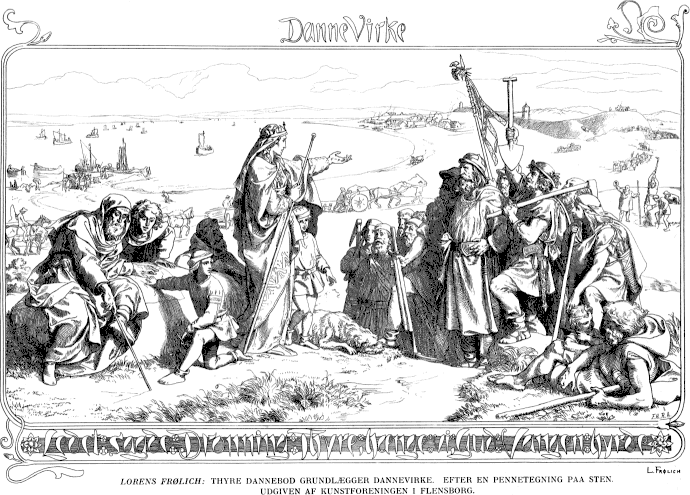
Popular among the Danes was the belief that the Danevirke was impregnable and maybe this would have been the case a couple of years before. But in truth, it was in a state of disrepair and dilapidated from previous use. There was much to be done at the site by the Danish troops under the command of General Christian De Meza.
The work began to rebuild the barracks, connecting roads and the installation of artillery. This took quite a few months to carry out as the cold of winter made digging of trenches much more difficult. The project was not yet complete before the soldiers moved into position in January.
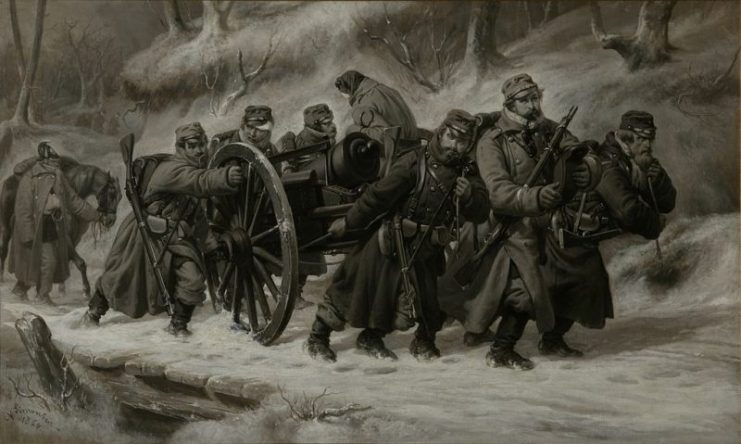
Meanwhile, the small village of Mysunde was part of the Danevirke fortifications and was inhabited by people whose main source of livelihood was fishing off the Baltic Sea.
The Prussian army decided to head for Mysunde because of its degree of exposure when compared with other parts of the Danevirke. Unlike other parts of the fort, natural obstacles which could further impede the strategic, operational and tactical maneuvers of the army’s assault were absent at Mysunde.
The invading army had plans to break through the defensive positions of the Danish army and circle round, trapping them with their massive army of 10,000 against the Danish 2,500, the odds looked pretty favorable.
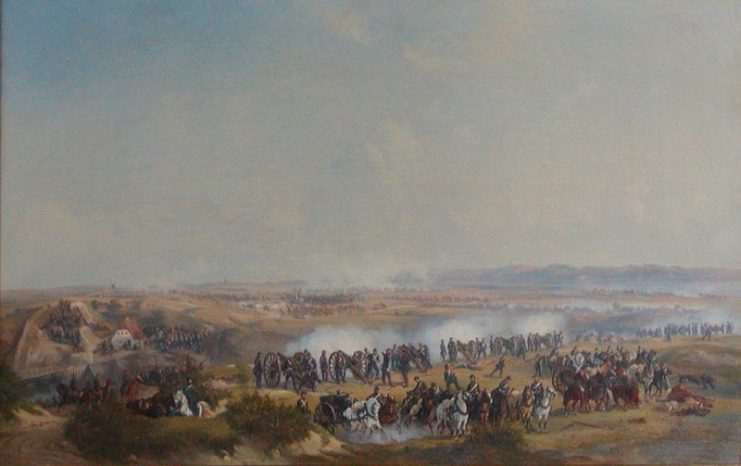
The Prussian troops trudged through the frosty streets leading to the walls of the Danish stronghold at 9:00 AM on February 2, seeking to engage the Danes at Mysunde after taking Kochendorf in the southeastern part of the Danevirke.
Mysunde was thus the next course of action for the Prussians, already having a successful morning and without any confrontation, they were eager to engage the Danish troops with hopes to overrun them at the village.
The defensive positions at Mysunde comprised mainly of bastions lined up around the village with the two main bastions, A and B strategically positioned at either side of the road that led to the southern entrance.
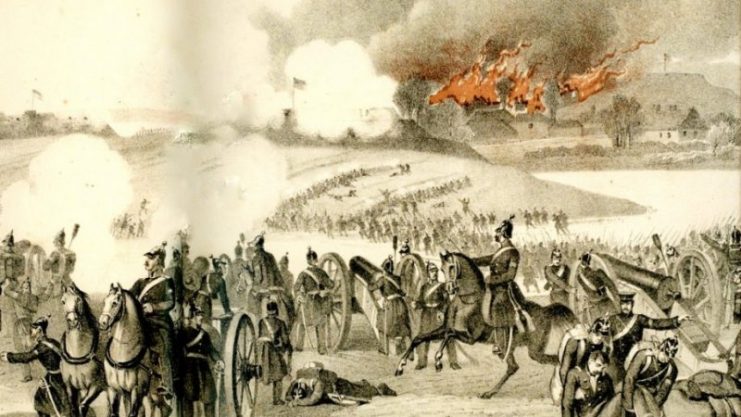
A Danish outpost was also located near the Langsø Lake and fighting soon commenced there. The Danish troops there fell back when they saw the mass of the army before them.
Despite their efforts to hold them off, they were not be able to hold their position for long and after some minutes of intense fighting they abandoned their positions and made for Mysunde.
The weather was in favor of the advancing Prussian army who took advantage of the thick fog that engulfed the battlefield. Random fire was let out occasionally by the Danish soldiers occupying the bastions.
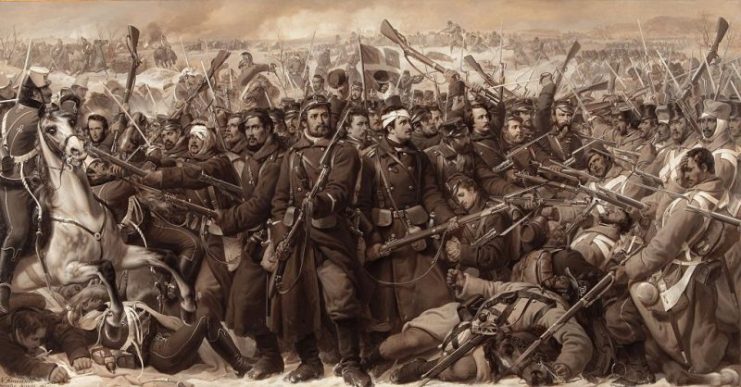
The Prussian army had remained up until this point without a single casualty. However, their thoughts of taking Mysunde unscathed were rudely interrupted by the Danish after a stealthy reconnaissance force that was led by Captain Arntz of the Danish army to determine the location and state of the Prussians.
They encountered several Prussian regiments and intense fighting ensued which led to the death of Prussian Lt. Hagemann, the first Prussian casualty who was soon joined by many others.
When Arntz learned that they were up against a full Prussian assault, he ordered his men back to their positions in the bastions and rained fire on the enemy forces who continued their advance toward the village.
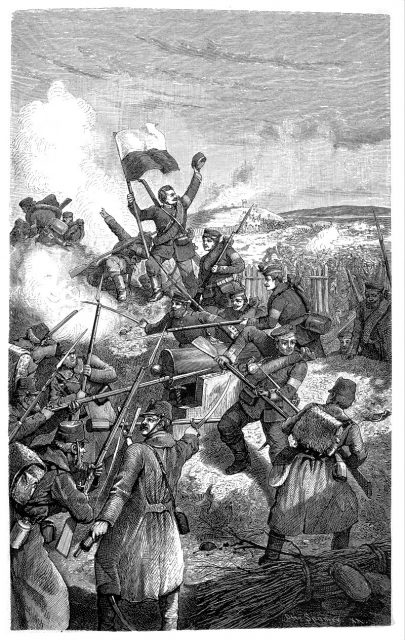
By noon, the Prussian artillery started to engage the Danish positions releasing fire on the bastions from their howitzers and canons. The fog made the artillery duel much more difficult for both parties, and in the blistering cold they started aiming at the sparks that were let off after a shot was fired in order to get a proper bearing of the enemy’s position.
After an intense, yet unsuccessful attack on the fort by the Prussians, the battle was at a stalemate and the Danes began to fall back in the evening from the village much to the relief of the Danish soldiers who were already running out of supplies.
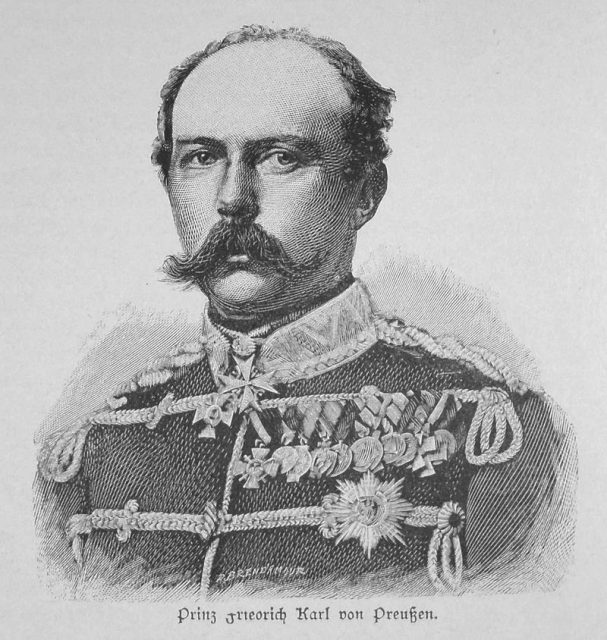
Of the 20 Danish cannons, three were destroyed. The Danes lost 141 men, 9 of whom were officers. The Prussians suffered a higher casualty count of 187 enlisted men and 12 officers in total. Their leader, Prince Friedrich Karl commanded the army to withdraw from the village in order to prevent them from suffering more losses.
General Gerlach was all too pleased with his army’s performance in the battle and in maintaining the reputation of Danevirke under his command. Once more, the fort had proved impregnable much to the delight of the Danish citizens.
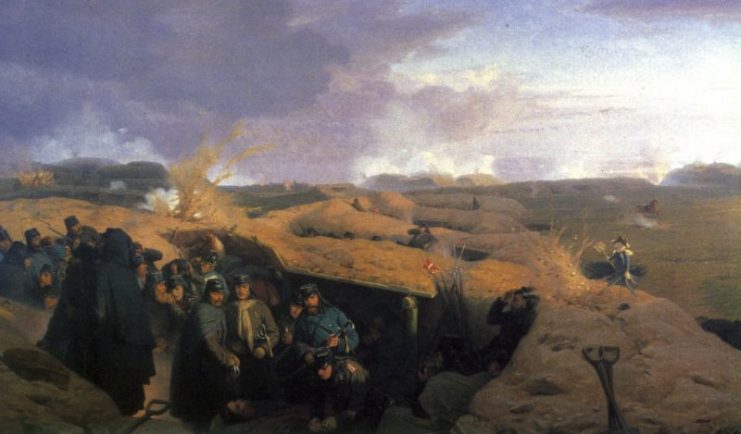
However, the fort would no longer see military use during and after the war as General De Meza ordered the retreat of the troops towards Dybbøl only four days later much to the surprise of the Danish public.
This decision left an already tense cabinet outraged and ended in his dismissal from command on February 28. Others have however argued that the withdrawal of the troops was necessary to keep them from being overrun by the Prussians in a second attempt.
